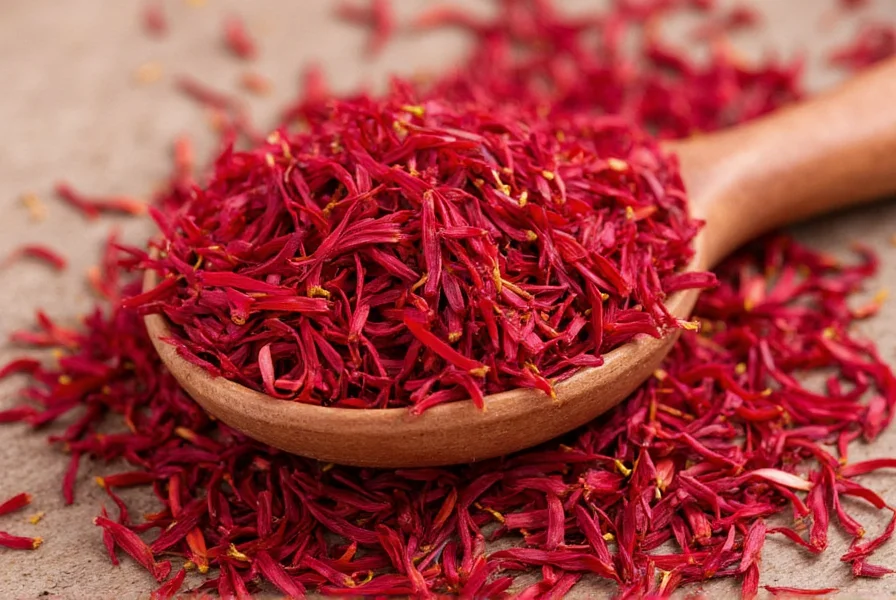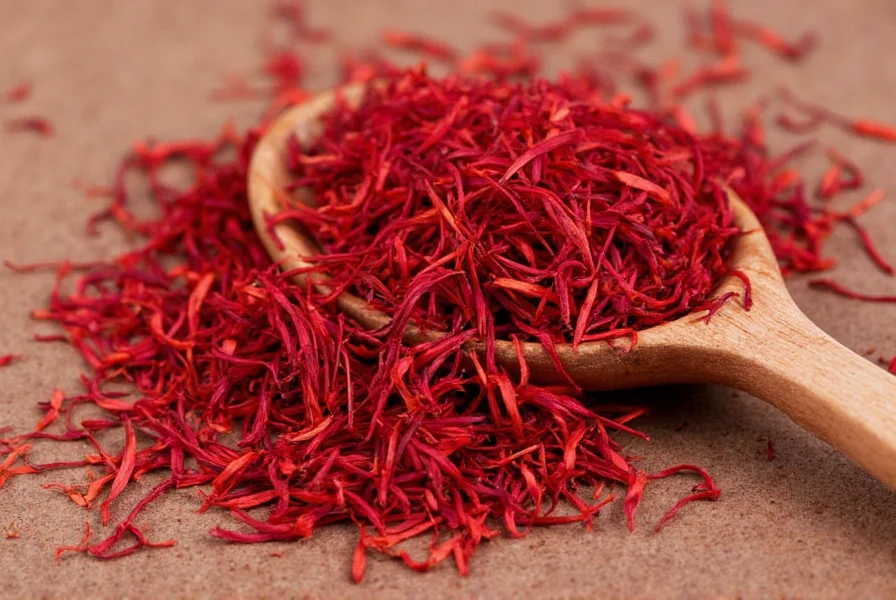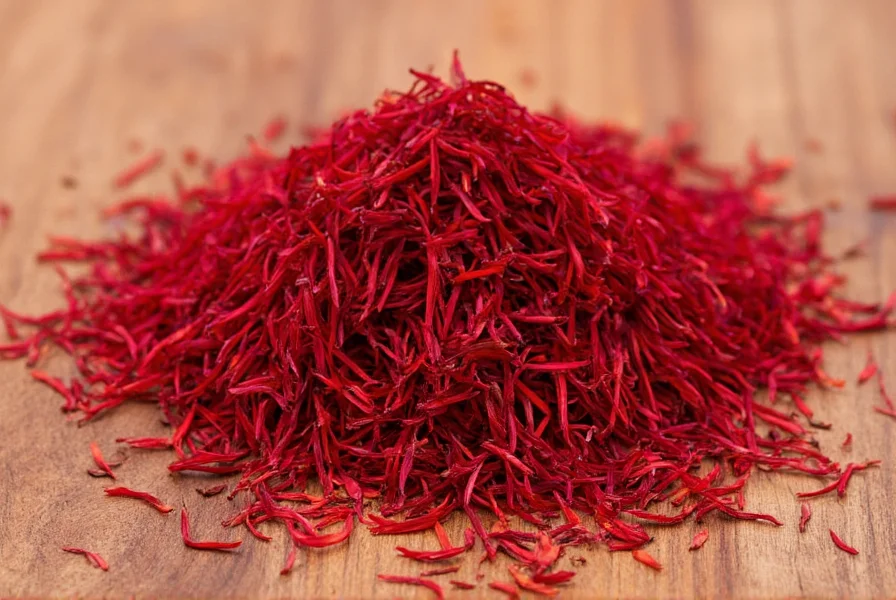Saffron stands as the world's most expensive spice by weight, yet its remarkable versatility justifies the investment for chefs, health enthusiasts, and traditional medicine practitioners. This golden-red spice, harvested from the delicate stigmas of Crocus sativus flowers, delivers distinctive flavor, vibrant color, and potential health benefits that have been valued across civilizations for millennia. Understanding saffron uses properly maximizes its impact while minimizing waste of this precious ingredient.
Culinary Applications of Saffron
Chefs worldwide prize saffron for its unique ability to transform ordinary dishes into extraordinary culinary experiences. The spice imparts a characteristic golden-yellow hue, distinctive aroma, and subtle earthy flavor that defines many iconic dishes. When exploring how to use saffron in cooking, proper preparation techniques significantly impact results.
| Cuisine Tradition | Signature Dish | Typical Saffron Amount | Preparation Method |
|---|---|---|---|
| Spanish | Paella | 0.1g per serving | Steep threads in warm broth before adding |
| Italian | Risotto alla Milanese | 15mg per cup of rice | Infuse in hot stock for 10 minutes |
| Indian | Biryani | 20mg per pound of rice | Mixed with warm milk or water |
| Persian | Tahdig | 0.05g per serving | Added to rice soaking water |
Professional chefs recommend always blooming saffron threads in warm liquid before incorporation. This proper saffron measurement technique extracts maximum color and flavor. For most recipes, 15-30mg (about 15-30 threads) suffices for four servings. Many home cooks make the mistake of adding saffron directly to dry ingredients, which fails to activate its full potential. When substituting saffron, no perfect alternative exists—turmeric provides color but lacks flavor complexity, while annatto offers similar hue without the distinctive aroma.

Medicinal and Health Applications
Scientific research increasingly validates traditional saffron medicinal uses, particularly regarding mental wellness and eye health. Multiple clinical trials demonstrate saffron's potential as a natural mood support supplement. A comprehensive 2022 meta-analysis published in Phytotherapy Research concluded that saffron extract (primarily crocin and safranal compounds) shows significant antidepressant effects comparable to conventional medications for mild to moderate depression.
Additional evidence-backed saffron health benefits include:
- Age-related macular degeneration support through antioxidant properties
- PMS symptom reduction according to studies in Complementary Therapies in Medicine
- Potential cognitive function enhancement in older adults
- Blood sugar regulation properties noted in animal studies
When considering saffron for depression natural remedy applications, most clinical trials use 30mg of standardized extract daily. However, therapeutic effects require consistent use over 4-6 weeks. Important safety considerations include avoiding excessive consumption (above 1.5g daily may cause adverse effects) and consulting healthcare providers when taking antidepressants due to potential interactions.
Cosmetic and Skincare Benefits
Beauty traditions across Persia, India, and the Mediterranean have incorporated saffron skincare benefits for centuries. Modern research supports some traditional applications, particularly saffron's antioxidant and anti-inflammatory properties. The spice's carotenoids may help protect skin from environmental damage while promoting a more even complexion.
For those interested in traditional saffron cosmetic uses, simple preparations include:
- Saffron milk bath: Steep 10-15 threads in warm milk for 15 minutes before adding to bathwater
- Face toner: Combine saffron infusion with rose water for brightening effects
- Spot treatment: Mix saffron powder with honey for targeted application

While anecdotal evidence abounds, scientific validation for many cosmetic applications remains limited. Current research focuses primarily on saffron's antioxidant capacity rather than specific anti-aging claims. Those with sensitive skin should perform patch tests before full facial application, as rare allergic reactions may occur.
Practical Usage Guidelines
Maximizing saffron's value requires understanding proper handling techniques. When selecting saffron, look for deep red threads with minimal yellow style portions, as these indicate higher potency. Authentic saffron should never appear uniformly red or contain significant yellow portions.
Storage significantly impacts saffron shelf life. Keep threads in an airtight container away from light and moisture. Properly stored saffron maintains potency for 2-3 years, though flavor gradually diminishes. Never store saffron in the refrigerator due to moisture risks.
For cost-effective usage, consider these professional tips:
- Grind threads with a pinch of sugar to prevent sticking
- Use warm (not boiling) liquid for optimal extraction
- Soak threads for 10-15 minutes before cooking
- Measure by weight rather than volume for accuracy
- Store in small portions to minimize air exposure
Frequently Asked Questions
How much saffron should I use per cup of rice?
For optimal results, use 15mg of saffron threads (approximately 15 threads) per cup of uncooked rice. Always steep the threads in warm liquid for 10-15 minutes before adding to your rice dish to maximize color and flavor extraction. This proper saffron measurement technique ensures even distribution without wasting this valuable spice.
Can saffron help with depression naturally?
Multiple clinical studies indicate saffron extract (30mg daily) shows significant antidepressant effects for mild to moderate depression, with effects typically noticeable after 4-6 weeks. The active compounds crocin and safranal appear to influence serotonin pathways similarly to conventional antidepressants, but with fewer side effects. Always consult your healthcare provider before using saffron as a depression natural remedy, especially if taking prescription medications.
What's the best way to store saffron for maximum shelf life?
Store saffron in an airtight container away from light, heat, and moisture. Keep it in a cool, dark cupboard rather than the refrigerator, which introduces damaging moisture. Properly stored saffron maintains peak quality for 2-3 years. Divide larger quantities into smaller portions to minimize air exposure each time you access your supply. Check potency by rubbing threads between fingers—if they release minimal aroma, they've likely lost significant potency.
How do I properly bloom saffron for cooking?
To properly bloom saffron, place threads in a small heatproof bowl and cover with 2-3 tablespoons of warm (not boiling) liquid—broth, water, or milk depending on your recipe. Let steep for 10-15 minutes until the liquid turns deep golden. Gently crush threads with the back of a spoon to accelerate extraction. This technique maximizes color and flavor release, ensuring even distribution throughout your dish without wasting precious threads.











 浙公网安备
33010002000092号
浙公网安备
33010002000092号 浙B2-20120091-4
浙B2-20120091-4